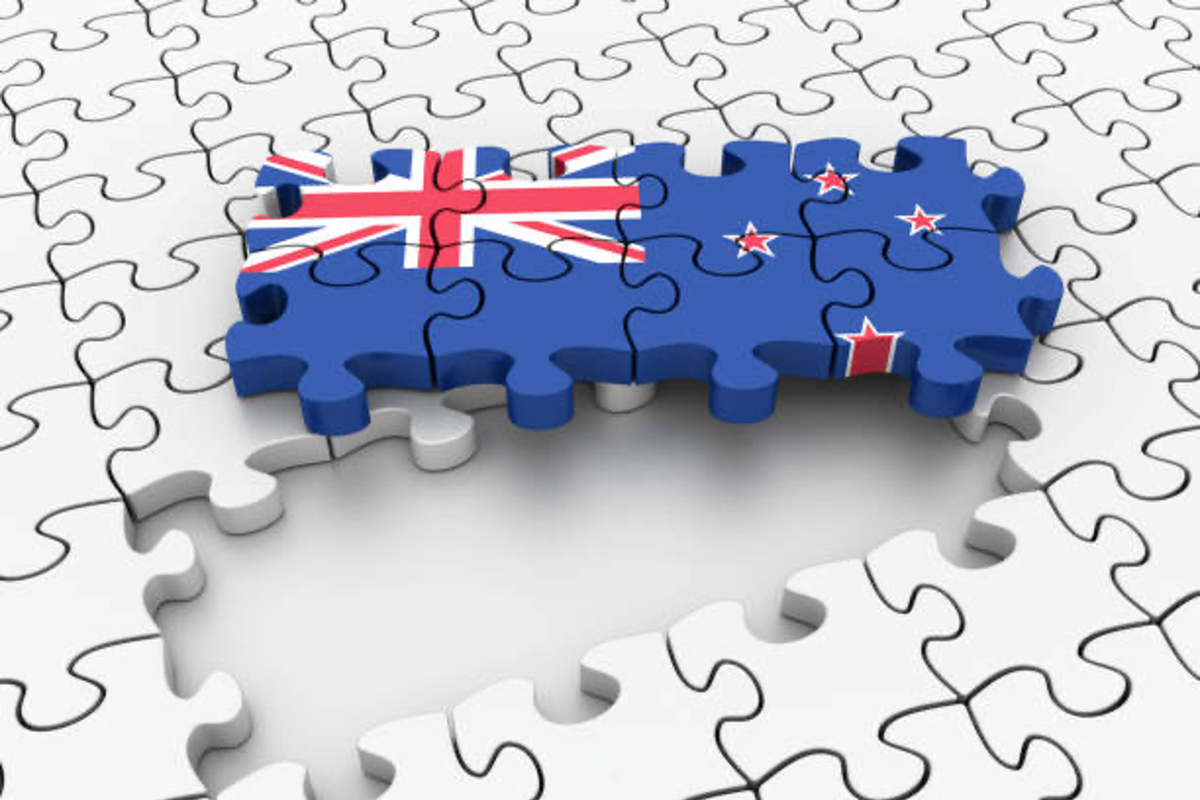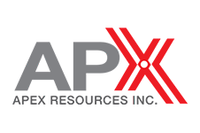Opportunity or Overreach: Is Australia Making the Right Moves for Critical Minerals?
Demand for critical minerals is expected to grow substantially. Does that mean Australia should go all in? Here’s what industry experts are saying.

Australia is currently betting big on critical minerals.
Government support is growing, with the country positioning itself as a key player in the global energy transition; however, some are convinced that the nation is rushing into a crowded race.
The Albanese government recently vowed to establish a critical minerals strategic reserve upon re-election, pledging an initial investment of A$1.2 billion. In an April 24 announcement, the government outlines that the reserve would build on the Australian government's extensive investment in critical minerals through two new mechanisms.
Does an Australian critical minerals reserve make sense?
National offtake agreements are one of the planned mechanisms. These would allow the government to acquire agreed-upon volumes of critical minerals from commercial projects via voluntary agreements, or to establish an option to purchase at a given price, holding security over these assets as part of the strategic reserve.
The second mechanism outlined is selective stockpiling, wherein the government promises to establish Australian stockpiles of certain key critical minerals produced under offtake agreements as required.
Following the government's announcement, Tania Constable, CEO of the Minerals Council of Australia, published a piece on the move, questioning whether a critical minerals strategic reserve is the best approach.
In her view, the initiative is “certainly not without domestic risk,” and “may impact the commercial viability of operations through continued downward pressure on commodity prices.”
She recommends that Australia focus on fundamentals that will give it back an edge over other mining nations.
“That means lower energy prices, a windback of draconian industrial relations laws, and faster environmental approval times," Constable's statement reads.
Australia's current critical minerals strategy
Australia’s current Critical Minerals Strategy is focused on the period from 2023 to 2030, and is centred on developing strategically important projects, attracting and unlocking investment and promoting the country as a world leader in environmental, social and governance (ESG) performance.
It also includes a commitment to reviewing the country's critical minerals and strategic materials list every three years, updating it in response to global strategic, technological, economic and policy changes.
As of writing, 31 critical minerals were recognised in Australia, plus six strategic materials.
AU$4 billion in total commitments are covered under the strategy, including AU$2 billion from the Critical Minerals Facility via Export Finance Australia, and an extra AU$2 billion in 2024.
In an article in the Australian, Lynas Rare Earths (ASX:LYC,OTC Pink:LYSCF) CEO Amanda Lacaze criticises the government's critical minerals policy, arguing that it is “flawed and uneconomical.”
She notes that even a significant portion of the fund wouldn't match Lynas' annual production costs. Lynas is recognised as the largest separated rare earths producer outside of China.
In a separate article written by the Australia-China Relations Institute, James Laurenceson, director at the University of Technology Sydney, says that the current strategy may be too optimistic.
In his view, the real problem is that Australia’s strategic partners aren’t delivering on their end of the supply chain further downstream. His recommendation is to focus on upstream activities like mining and processing, where Australia has a clear comparative advantage.
Critical minerals deals and funding heat up in Australia
Since the announcement of the Critical Minerals Strategy, Australia's critical minerals industry has seen various developments in mergers and acquisitions, as well as government project funding.
Notable M&A activity includes mining giant Rio Tinto's (ASX:RIO,NYSE:RIO,LSE:RIO) acquisition of Arcadium Lithium, first announced as an all-cash transaction for US$6.7 billion in October 2024.
Another is the AU$560 million deal between Pilbara Minerals (ASX:PLS,OTC Pink:PILBF) and Latin Resources, made legally effective last January. The transaction gives Pilbara ownership of Latin’s Salinas lithium project in Brazil.
On top of these acquisitions are government funding to accelerate critical minerals projects.
Under the Critical Minerals Facility, Iluka Resources (ASX:ILU,OTC Pink:ILKAF) received AU$400 million from the Australian government in December, granted for the Enneaba rare earths refinery.
According to Iluka, the refinery will establish Western Australia as a strategic hub for the downstream processing of rare earths. It is expected to produce neodymium, praseodymium, dysprosium, terbium and more starting in 2027.
Alongside these moves, Australia is strengthening its rare earths strategy.
On February 12, Australia passed the Critical Minerals Production Tax Incentive, which will provide a refundable tax credit on 10 percent of eligible costs associated with the production of critical minerals and rare earths.
“The incentives are valued at AU$7 billion over the decade,” said Federal Resources Minister Madeleine King.
“The passing of this legislation is a historic moment for the resources industry and a big deal for resource states like Western Australia and Queensland,” she added. “By processing more of these minerals here in Australia we will create jobs and diversify global supply chains.”
Will history repeat itself?
The Australian Strategic Policy Institute (ASPI) states in an article that the critical minerals reserve would be an important step in securing Australia’s economic future, but warns that the nation must learn from “past mistakes.”
It points to the Pinjarra gallium refinery in Western Australia in its May 2 statement, saying that it represented one of the boldest critical minerals initiatives outside China in the late 1980s.
“Designed to produce 50 tonnes of gallium per year, it promised to place Australia at the heart of the global gallium and rare earths value chain, just as the modern world’s appetite for advanced materials was accelerating.”
However, in only a few years, Pinjarra encountered delays due to environmental permits; meanwhile, gallium prices crashed due to oversupply and China’s competitive spirit strengthened.
“Australia’s lack of midstream and downstream refining capacity added crushing costs and complexity,” ASPI explains in its commentary. “In short, Pinjarra had the ambition — but not the resilience — to withstand the inevitable shocks from operating in niche, high-risk commodity markets.”
The question ASPI poses now is: Can Australia guarantee that the same mistake will not be repeated?
According to the institute, Australia has the resources and strategic location.
“It must now summon the strategic patience and coordinated leadership needed to build true critical minerals sovereignty," ASPI concludes.
Don’t forget to follow us @INN_Resource for real-time news updates!
Securities Disclosure: I, Gabrielle de la Cruz, hold no direct investment interest in any company mentioned in this article.
- Western Australia Plans to Become Critical Minerals Hub ›
- Australia Allocates AU$566.1 Million for Critical Minerals Exploration ›
- Rare Earths, Real Moves: Australia’s Rare Earths Independence Strategy ›


